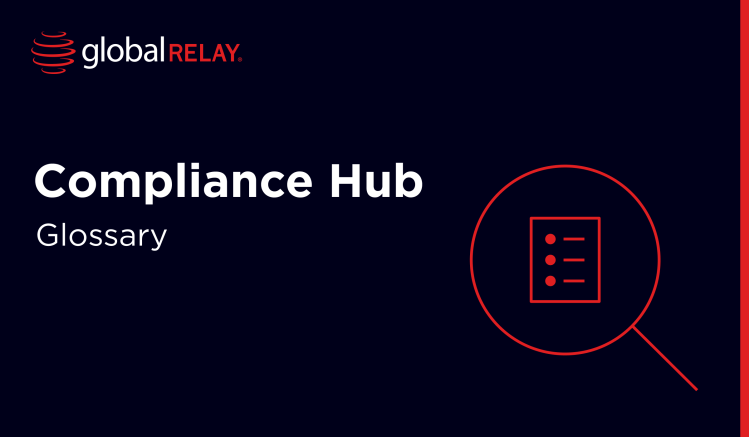
Compliance Monitoring
Compliance monitoring is the process of tracking how well your business adheres to its regulatory requirements. By intentionally performing a risk assessment and monitoring compliance, regulated companies can ensure they hit goals and avoid enforcement actions.
Written by a human
Why is compliance monitoring important?
The biggest reason for a compliance monitoring program is to prevent unwanted action by the regulators. It’s no secret that non-compliance can lead to millions in fines, alongside heavy scrutiny and reputational damage for years to come. And for the employees behind those companies, non-compliance risk could lead to lost jobs or jail time.
But by performing effective compliance monitoring – and having the records to prove it – you’ll avoid this stress.
Compliance monitoring is also important in the worst case scenario: like a data breach. In the case of a cyber attack, monitoring logs can support external auditors to find the right information quickly, determine the source of the breach, and protect the data.
Overcome the challenges of compliance monitoring
Compliance monitoring requires oversight of the entire organization’s operations, as well as third party management. Common challenges include:
- Lack of resources: for smaller organizations in particular, it can be difficult to find and allocate the resources required to meet regulatory compliance demands. Prioritizing is not really an option for a compliance team – as any fault found could lead to enforcement action.
- Nuance: many regulations are complex, such as PCI DSS. This makes it hard for businesses to track how effectively they comply with regulation. Companies should strive to create harmony between jurisdictions, even where varying regulations apply.
- Manual processes: compliance management can be a tiresome and manual process, especially if 24/7 surveillance is required. This can be costly to manage, and prone to error if completed with human hands.
- Vague responsibilities: it’s not always immediately clear who is accountable for which parts of the compliance process. Without dedicated training and best practices, it can be easy for compliance activities to be missed.
It’s clear that compliance monitoring isn’t for the faint of heart. But to Global Relay, it’s our bread and butter. Proactively supervise your corporate communications under continuous monitoring, and identify areas of concern, before they turn into problems.
Speak to a member of the Global Relay team to begin your compliance monitoring plan.
